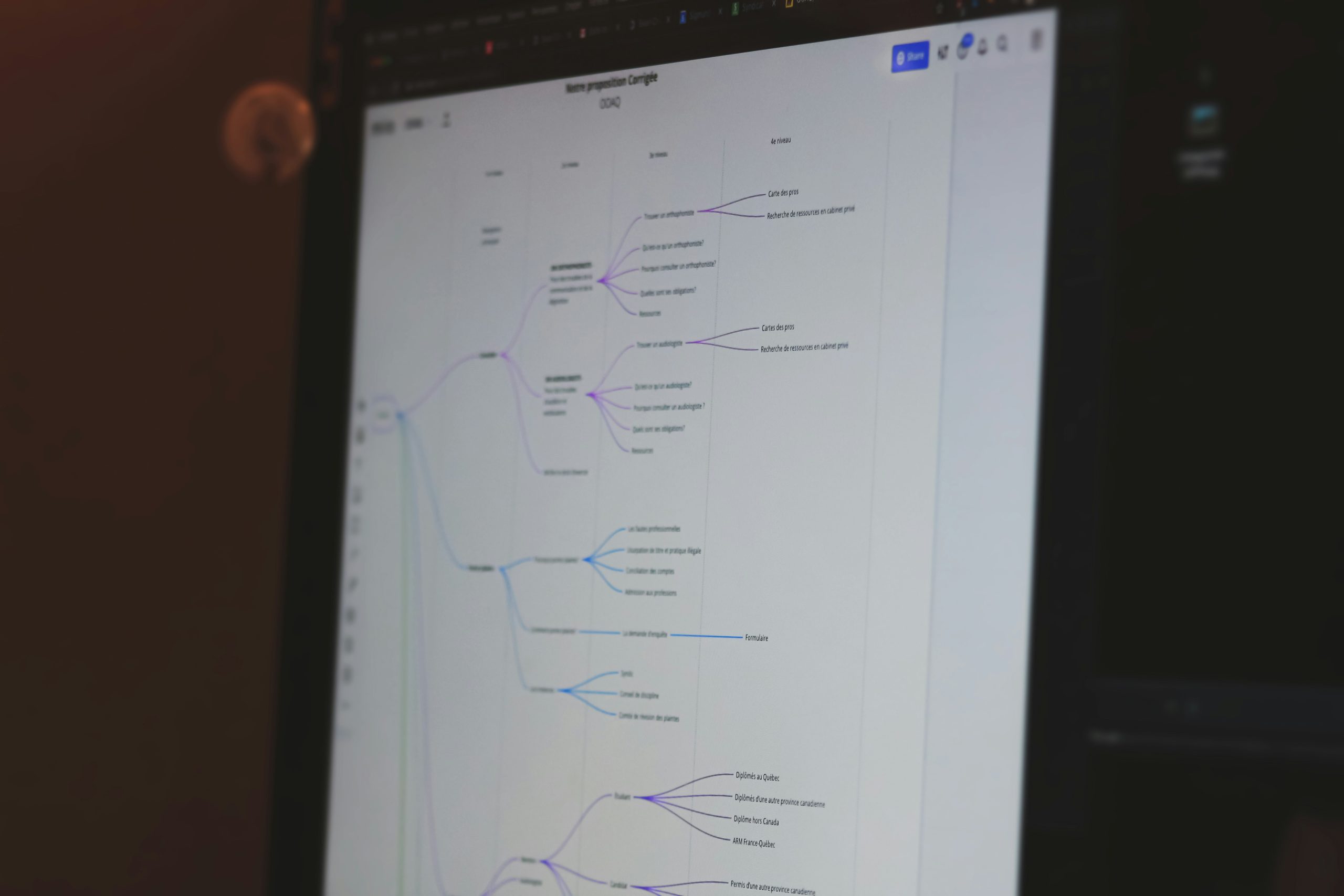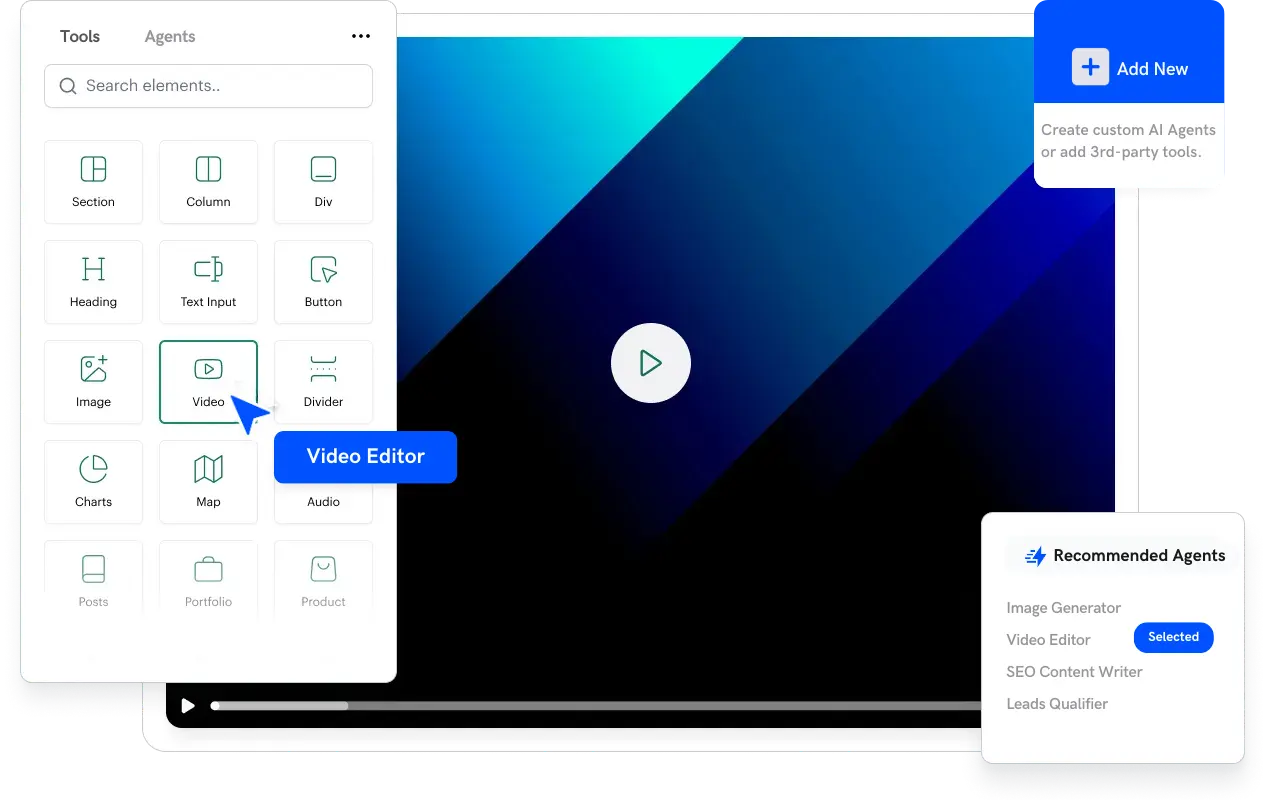Introduction
Downtime in industrial operations can be costly—both in lost productivity and repair expenses. Predictive maintenance powered by AI analytics offers a proactive approach to identifying potential equipment failures before they happen. Research from McKinsey indicates that predictive maintenance can reduce downtime by up to 50%, leading to significant cost savings and efficiency improvements. This article examines how AI-driven predictive maintenance works, its key benefits, and practical implementation strategies, while highlighting how TurboMode AI ensures that insights are translated into actionable maintenance tasks.
Understanding Predictive Maintenance
Predictive maintenance involves using AI to analyze historical and real-time data from equipment sensors to predict when maintenance should be performed. This approach contrasts with traditional reactive or scheduled maintenance methods by:
- Reducing unexpected breakdowns
- Minimizing maintenance costs
- Extending equipment lifespan
How AI Analytics Drives Predictive Maintenance
- Data Collection from IoT Devices:
Sensors and IoT devices capture vital data such as temperature, vibration, and usage rates. - Machine Learning Models:
These models analyze the data to identify patterns and anomalies that precede equipment failures. - Real-Time Monitoring:
Continuous monitoring enables real-time alerts when parameters deviate from normal ranges. - Actionable Recommendations:
AI systems provide maintenance recommendations, allowing for timely interventions that prevent equipment breakdowns.
TurboMode AI Spotlight
TurboMode AI enhances predictive maintenance by automating the conversion of sensor data and maintenance meeting discussions into actionable tasks. This ensures that maintenance actions are executed promptly and efficiently.
“We’re shifting the game from managing work to getting work done.”
Integrate TurboMode AI with your predictive maintenance tools to maximize uptime—book a demo today.
Benefits of Predictive Maintenance
- Reduced Downtime:
Early detection of potential issues minimizes production stoppages. - Cost Savings:
Preventive maintenance is significantly less costly than emergency repairs and unplanned downtime. - Increased Equipment Lifespan:
Timely maintenance extends the operational life of critical machinery. - Improved Safety:
Reducing unexpected breakdowns improves workplace safety and reduces risk.
Implementation Strategies
- Integrate Sensor Data:
Ensure that all critical equipment is equipped with IoT sensors that provide accurate real-time data. - Adopt Advanced Analytics Platforms:
Implement AI tools that analyze sensor data and generate predictive insights. - Develop a Maintenance Schedule:
Use AI-generated recommendations to create a dynamic maintenance schedule that adapts to operational data. - Train Your Maintenance Team:
Equip your staff with the skills needed to interpret AI data and respond promptly to alerts. - Monitor ROI:
Track key metrics such as downtime reduction, maintenance costs, and productivity gains to measure success.
Real-World Examples and Insights
A manufacturing company integrated AI-driven predictive maintenance and achieved a 40% reduction in unexpected downtime, resulting in substantial cost savings and improved overall efficiency. Similarly, in the energy sector, predictive maintenance has helped reduce repair times and optimize asset management, leading to higher operational reliability and better financial performance.
Challenges and Considerations
- Data Quality:
The accuracy of predictive models depends on the quality of data collected. Regular calibration and maintenance of sensors are essential. - Complex Integration:
Integrating sensor data across multiple machines or sites can be challenging. Using centralized data platforms can help overcome this hurdle. - Employee Acceptance:
Shifting from reactive to proactive maintenance requires a cultural change. Training and clear communication are vital to fostering adoption.
Future Trends in Predictive Maintenance
- Enhanced Predictive Models:
As machine learning algorithms become more sophisticated, predictions will become even more accurate. - Integration with Augmented Reality:
AR may soon assist maintenance teams by overlaying real-time data and maintenance instructions on equipment. - Automated Maintenance Systems:
Future systems could autonomously trigger maintenance procedures without human intervention, further reducing downtime.
Conclusion
Predictive maintenance, powered by AI analytics, is revolutionizing operational uptime by shifting maintenance practices from reactive to proactive. By accurately forecasting equipment failures and automating maintenance recommendations, organizations can minimize downtime, reduce costs, and enhance overall efficiency. With TurboMode AI automating the conversion of critical insights into actionable tasks, the benefits of predictive maintenance are fully realized. Embrace these advanced technologies to secure higher operational reliability—book a demo today.






